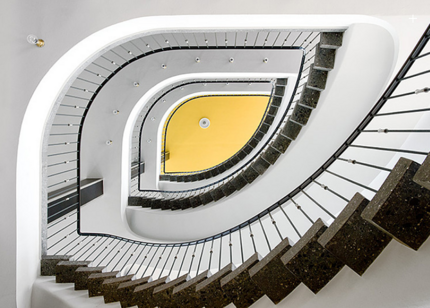Farewell to Ilya Kabakov

Ilya Kabakov, 2017, CC BY-SA 4.0
Ilya Kabakov, the great visionary of "total installation," died May 27 shortly before his 90th birthday. Born in 1933 in Dnepropetrovsk in what is now Ukraine, Kabakov is often described as one of the most influential artists from the former Soviet Union and is one of the pioneers of conceptual art.
His works, created together with his wife Emilia, report in a melancholic, humorous way on life in the defunct Soviet Union, on private dreams and failed utopias. A characteristic feature of the artist*s immersive spatial installations and everyday arrangements is the atmospheric, almost surreal fusion of fiction and reality.
At documenta IX (1992), Kabakov surprised visitors with an unusual contribution: "The Toilet" in the rear courtyard of the Fridericianum. An exact replica of a typical Soviet toilet in the style of the 1960s and 70s.
After queuing at the entrance to the toilet house, visitors found a two-room apartment provisionally furnished between the cubicles inside: A makeshift yet homey refuge decorated with wall hangings including a kitchen, sofa and living room table, and a children's playpen. Here Kabakov was not only concerned with the tipping moment from public to private space, but also, on a metaphorical level, with the curatorial orientation of Jan Hoet's documenta IX: While Jonathan Borofsky's "Man Walking to the Sky," the work of an American, towered on Friedrichsplatz and the privileged exhibition spaces of the Fridericianum were dominated by (Western) European artists, Kabakov, as a representative of post-socialist Eastern Europe, occupied the invisible "hinterland" as a strategic bastion.
Today, Kabakov's "Toilet", created for documenta IX, can be seen in Ghent as a permanent installation in the collection of the S.M.A.K. (Stedelijk Museum voor Aktuelle Kunst). This is also where the "Aeromodeller," the airship of the Belgian fantasist Panamarenko (1940-2019), one of the most popular works of documenta 5, can be found today.

Chance encounter of East and West on the glass table of the Art Library: Kabakov's project description "The Toilet" and Vorwerk carpet by Sol LeWitt in the documenta archiv. Photo: Karoline Achilles
